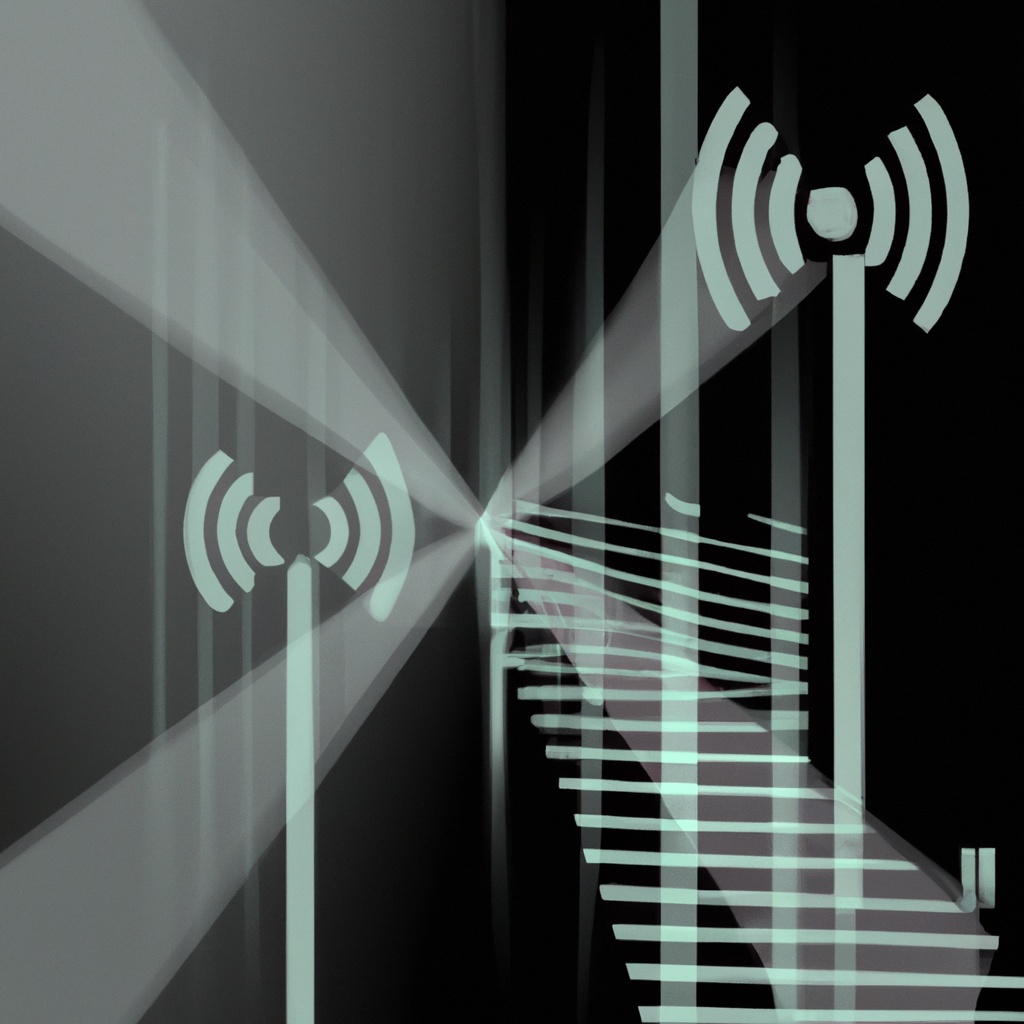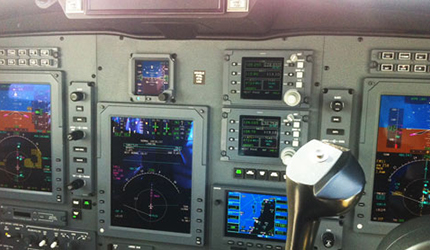TECHNOLOGY PROFICIENCIESSAA’s Speech Technology and Laboratory record in NextGen speech technology encompasses patents, products and a wide array of technical expertise. SAA voice recognition system, FLY-BY-VOICE™, employs AUTOMATION in developing novel applications of speech recognition technologies.
|
SOFTWARE PLATFORMSAA software platforms enable product engineers to embed speech recognition into their products and services. SAA FLY-BY-VOICE™ solutions include developer application programming interfaces and documentation, the speech recognition function and the Lexicon. FLY-BY-VOICE™ solution boasters 98% command accuracy performance, speaker independent speech recognition that scales from embedded small applications to large-scale architectures and integrated systems for use in industrial, consumer, and military products and systems. |

SOFTWARE-DEFINED RADIOSThe use of software in an SDR system allows for greater flexibility, reconfigurability, and scalability compared to traditional radio systems, which are typically implemented using hardware-based solutions. This allows the SDR to be easily reconfigured to support different wireless communication standards, such as WiFi, Bluetooth, and cellular networks. |

FUNCTIONALITIES
|
COGNITIVE SOFTWARE DEFINED RADIOSA cognitive software-defined radio (CSDR) is a type of software-defined radio that is designed to incorporate cognitive capabilities. Cognitive radio technology enables the radio to intelligently adapt to changes in the radio environment, making it possible to operate in dynamic and unpredictable communication environments. In a CSDR system, the radio uses cognitive algorithms to detect changes in the radio environment, such as changes in the frequency spectrum or changes in signal strength. The radio can then use this information to dynamically adjust its parameters to optimize performance, such as selecting the best frequency band or modulation scheme to use for a given communication link. The cognitive algorithms used in a CSDR can include machine learning algorithms that enable the radio to learn from its environment and adapt its behavior over time. For example, the radio may learn to recognize patterns in the frequency spectrum that indicate the presence of interference or other sources of noise, and then adjust its parameters to mitigate the effects of these factors on communication performance. |




